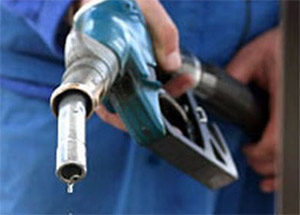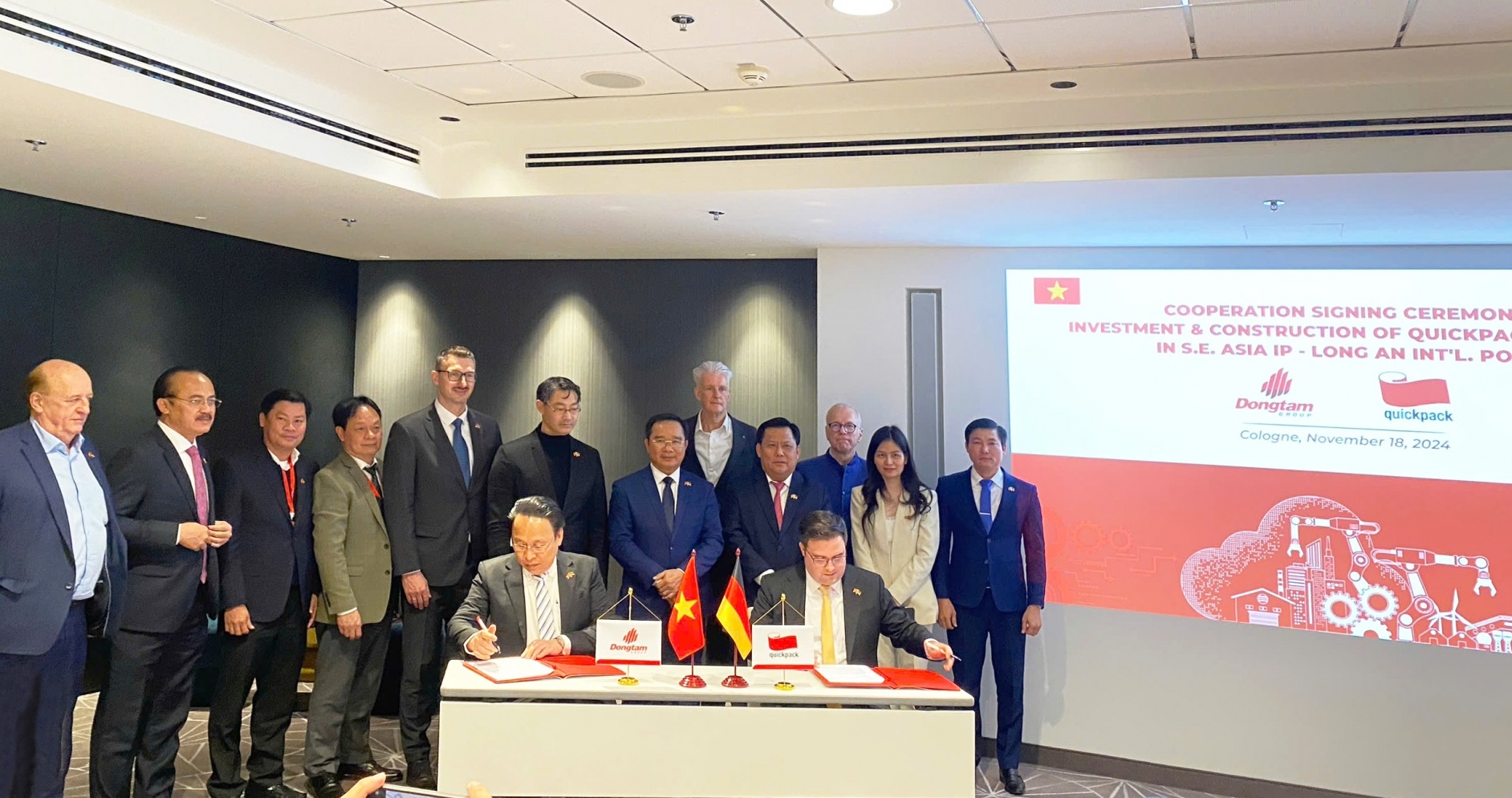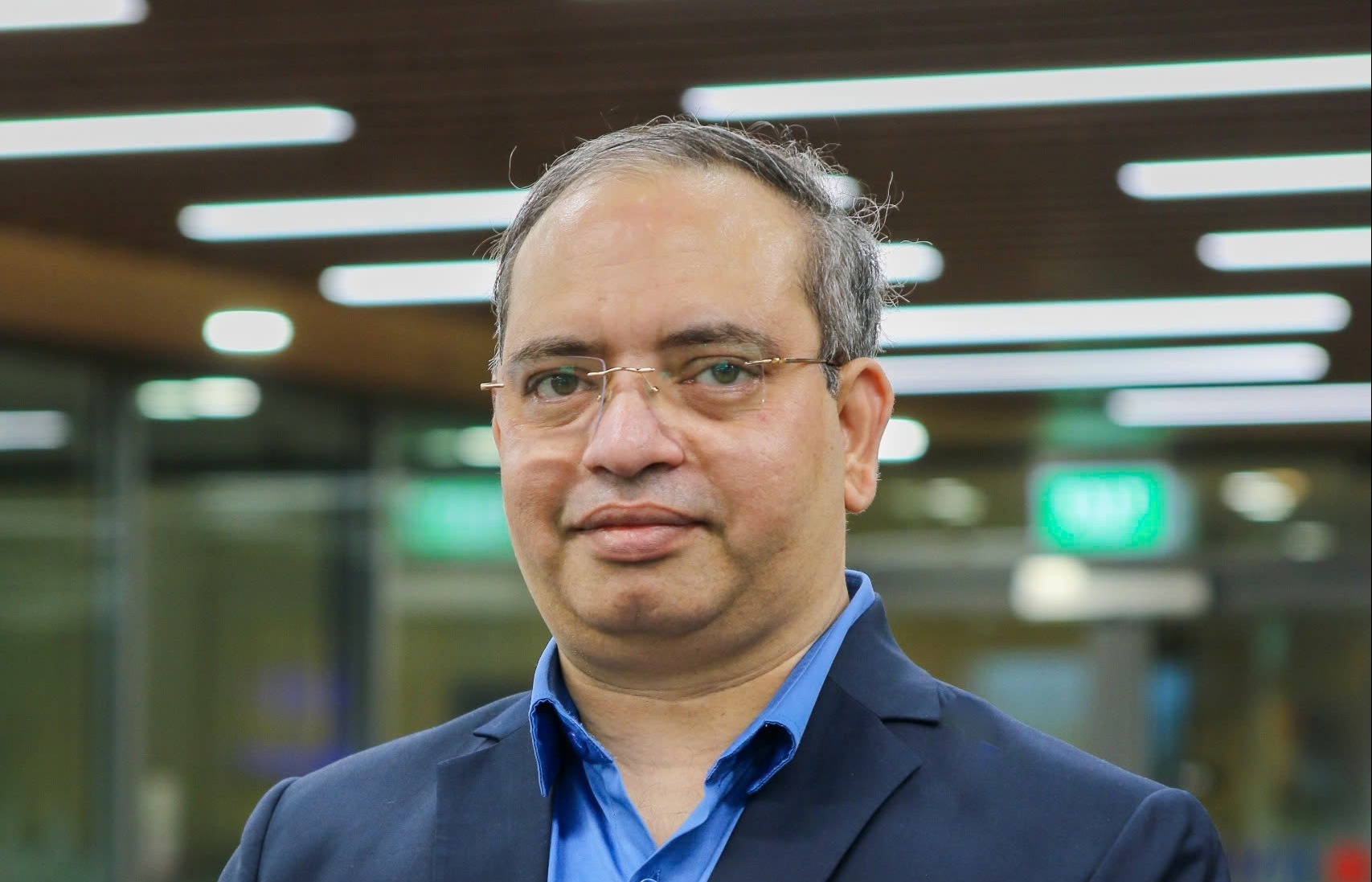Deputy PM asks for complete petrol bill revisions
 |
| (photo: Dantri) |
In 2009, the Government issued Decree No 84 to allow traders to peg the petrol retail price on the domestic market to market prices.
According to the decree, traders can increase the retail price by 7 percent if wholesale prices surge by 7 percent. In case wholesale prices increase by 7-12 percent, traders can increase retail prices by 7 percent plus 60 percent of the surplus of 7-12 percent while the remaining 40 percent would be compensated by the petrol price stabilisation fund.
If wholesale prices increase more than 12 percent, the State will develop solutions to retain retail price stability through the stabilisation fund and import tax reductions.
According to some economists, Decree 84 aimed at trading petrol and oil under the market mechanism. However, there were many problems that should be amended.
Under the amendments made by the industry and trade ministry, traders can increase the retail price by 5 percent if wholesale prices surge by 5 percent. In case wholesale prices increase by 5-8 percent, traders can increase retail prices by 5 percent plus 60 percent of the surplus of 5-8 percent while the remaining 40 percent would be compensated by the petrol price stabilisation fund.
The ministry also suggests using the cost price of the previous month as the retail price for the following month. The cost price will be calculated based on the 30-day average price released by the Mean of Platts Singapore, or MOPS.
MOPS refers to the mean price of oil traded through Singapore as per the data from Platts, a commodity information and trading company.
The last suggestion is that at the very first working day of a new year, the ministry will set a ceiling for the fuel retail price that will be applicable for the whole year.
Wholesalers will have the full right to adjust prices within the cap. If the cost prices are higher than the ceiling, wholesalers will be allowed to use money from the price stabilisation fund to recoup losses.
The ministry allowed businesses to set prices for gasoline in 2009 on fluctuation between 7-12 percent and have increased petrol prices 10 times per year. This time, the ministry suggested the fluctuation to stand at 5-8 percent.
The low fluctuation would make a lower increase/decrease of the retail price but the change had not brought real interest to customers, said economist Ngo Tri Long.
The traders could still decide by themselves to change the retail price when the whole price increases or decreases by 5 percent so they could easily increase the retail price and rarely decline the price. The customers much accept the prices fixed by the traders, he said.
The latest increase of petrol and oil prices were at between 300-370 VND per litre on June 28 to 24,110 VND for RON 92 petrol, 21,840 VND for diesel oil, 921,600 VND for kerosene and 19,070 VND for fuel oil.
What the stars mean:
★ Poor ★ ★ Promising ★★★ Good ★★★★ Very good ★★★★★ Exceptional
Latest News
More News
- Trump's trade policies could shape Vietnam's economic outlook: Dragon Capital (November 15, 2024 | 16:56)
- Prioritising corporate governance for Vietnam’s sustainable growth (November 14, 2024 | 16:50)
- Vietnam eyes nuclear revival to bolster energy security (November 14, 2024 | 16:46)
- German businesses explore investments in Dong Nai (November 08, 2024 | 18:02)
- Vietnamese consumer sentiment outperforms regional averages (November 08, 2024 | 18:00)
- Exchange and interest rates forecast to remain stable after US election (November 07, 2024 | 14:04)
- Industrial real estate stocks benefit from US election results (November 07, 2024 | 13:56)
- 2024 sees $1.41 billion in fintech funding so far (November 07, 2024 | 08:13)
- Trump at 266 electoral votes, Harris at 195: US media (November 06, 2024 | 14:30)
- Hanoi targets digital and high-tech investment with upcoming event (November 06, 2024 | 13:28)




















 Mobile Version
Mobile Version